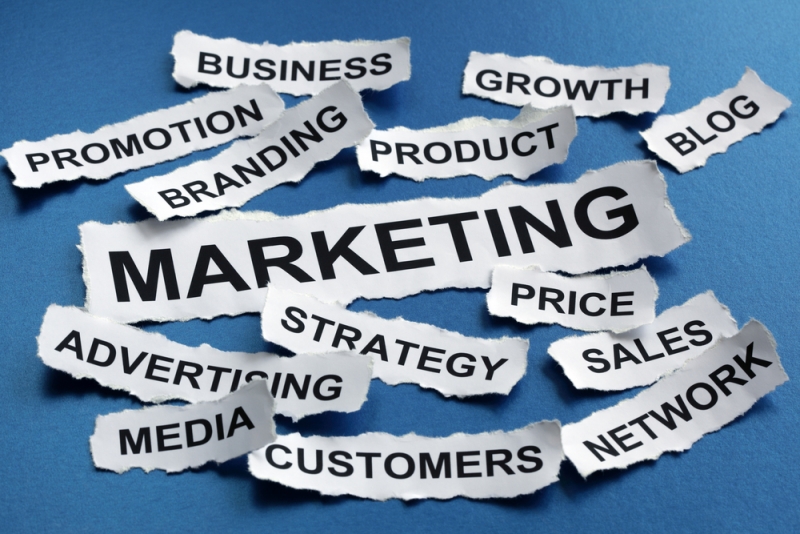Budgets can mean the difference between a company succeeding and failing, so it’s crucial that you opt for cost-effective options whenever possible in marketing.
Although brochure printing is not always cheap, there’s no reason why businesses with smaller budgets should miss out. Here, you’ll discover how you can produce attractive brochures to help effectively promote your company on a budget.
Key steps to brochure deigning
From the beginning, you need to work towards keeping costs down if you want a high-quality brochure that doesn’t break the bank.
Offer key details only
Forget ploughing money into a thick brochure packed with information, less is almost always more! Keep copy simple — you don’t want to confuse the reader with too much information. Text should be clear and concise, including all the need-to-know information. This is good for budgeting, as you will save money on fewer pages. But remember to include your company logo, contact details and, of course, your key message – without these your marketing campaign will be a flop.
This is your chance to give your brand personality, so don’t shy away from using quirky copy and arranging it in a fun way. The design is down to you — but remember it needs to remain clear to read and fit on the pages correctly.
Maintain professionalism
Quality is everything — a cheap looking brochure will put people off your brand and make you look unprofessional. A high level of quality can be achieved through many factors. The size of your brochure and the way it is finished can influence the way it is received, and of course the cost. Whilst it is tempting to cram as much information onto fewer pages to save money, you don’t want to make your brochure look unprofessional.
Paper stock will also play a part in the overall price of your brochure marketing campaign. Of course, in an ideal world, every business would use the highest paper stock they can afford but you should consider your audience and the purpose of the brochure before deciding. For an informal brochure, a thinner and cheaper paper stock is the better option — but if you are targeting a high-end corporate conference, you’ll want to invest a bit more money in a better paper stock.
After stock, there’s also the finish to consider — another major factor on cost and quality. Saddle-stitched brochures are a sleek way to present your corporate brochure or catalogue to your audience, as they are generally finished with a gloss or silk lamination. The Scodix finish is available for companies who want to make their publication stand out and generally has a minimal difference to the cost. Then, there’s casebound, which can be quite expensive, but is the crème-de-la-crème when it comes to top quality. If you have the budget to pull out all of the stops, then casebound is the option to go for. However, perfect bound brochures are a high-end binding option that is more affordable — this finish is ideal for pitch documents and coffee table brochures.
Before sending your design off to the printers, make sure you proof and check your finished brochure multiple times. A silly mistake could cost a lot in reprints! Make sure all design and text have gone through thorough quality checks for spelling mistakes, grammatical errors and just general mishaps.
Think about your batch amount
Now, you must sit down and work out a rough figure for how many copies of your brochure you wish to print. Although the more copies you request, the less you pay per copy; you don’t want to pay for copies that will be sat around the office catching dust! Check the price guides before you place an order to consider if a long run, medium run or short run is the best option. Quick buy pricing guides allow you to make an informed decision without contacting the printing company directly — cutting out the middle man. Generally, longer runs are most suited to handout brochure at events such as trade shows because they are more cost-effective.
Making the most of free publicity
Print is a lucrative and efficient way to market a business, but that doesn’t mean it’s wise to ignore digital opportunities. Whilst most brochures will be printed out and used as print marketing – you might want to consider making your brochure available on digital platforms to allow your audience to download your brochure as a PDF for no additional cost. This way you can have both printed brochures and e-brochures.
Keep these handy tips in mind when designing your next brochure marketing campaign on a budget to save cash for your business.
